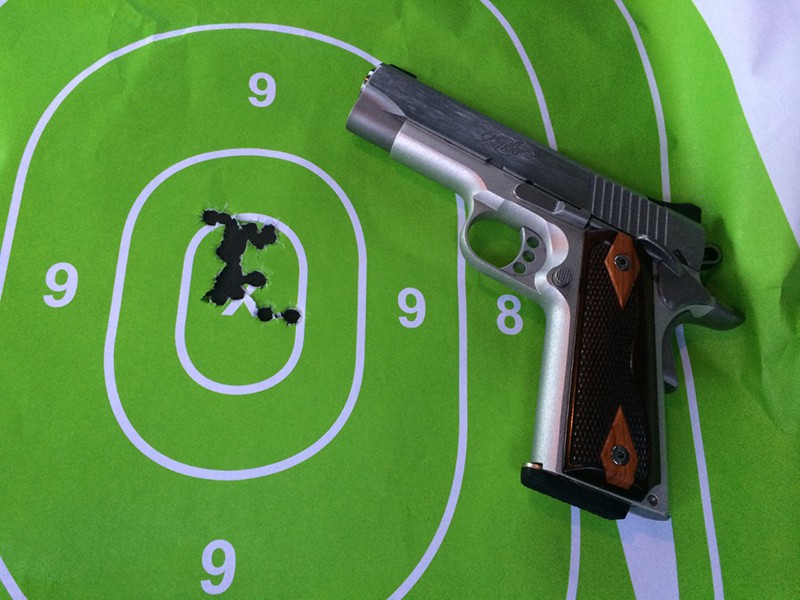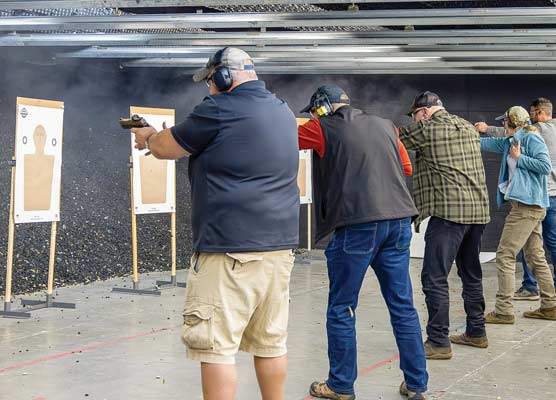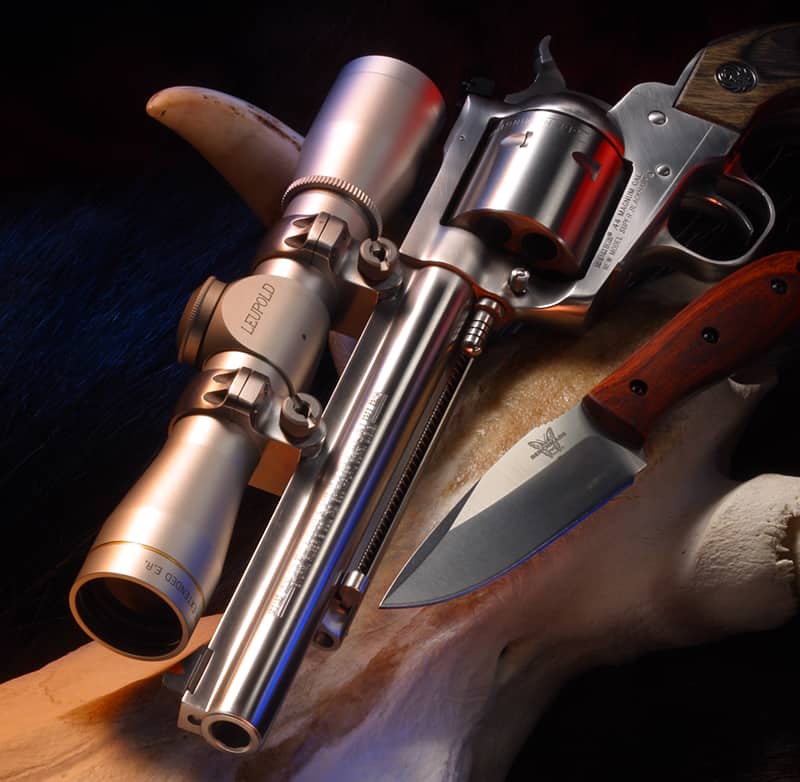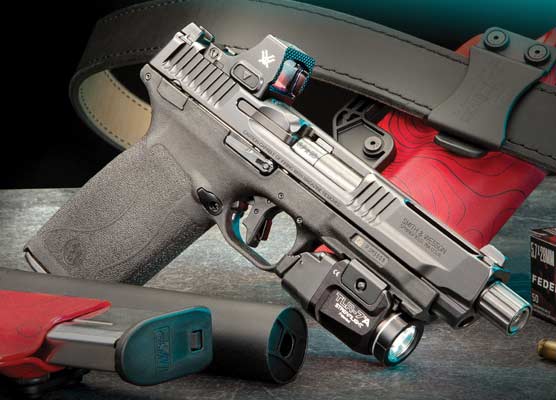Accuracy Vs. Effectiveness
From Accuracy to Effectiveness
My first serious endeavor with guns was in small-bore rifle competition in high school. My goal was to hit a dot not much bigger than a pinhead. The distance was 50′. Accuracy in this context was measured in millimeters. After high school, I got involved in Bullseye pistol shooting. Extreme precision was again the goal, but it was at 25 yards with a handgun rather than a rifle. Both activities shared the purpose of placing shots as close together as possible on the target. It was all I knew about accuracy.
I later entered police work and found my standard had to change. I wasn’t training to hit a small bull’s-eye, but rather human silhouettes with multiple target areas based on what was most likely to end a deadly confrontation with a bad guy. Accuracy became any hit in the center torso or the center of the head between the eyes and nose. Going from one type of accuracy to another was a strange transition until a sergeant explained I was looking at things wrong. It’s not so much accuracy I was aiming for (pun intended), but effectiveness. He called it combat accuracy. The goal was no longer rounds touching each other in a tight group, but having hits that stopped the deadly encounter with a bad guy. Effective shooting took the place of accurate shooting.
The problem with effectiveness as a goal is it’s a somewhat fuzzy goal to achieve. It’s not simply a matter of hitting in vital zones: Bad guys aren’t paper targets. What looks good on a target at the range might not be effective against a bad guy. Good center-mass hits that could undoubtedly cause death still may not immediately stop an attack. Someone high on methamphetamines or crack could continue being a threat long after they receive fatal wounds. I still have a copy of a book from my academy days called Street Survival, and remember vividly a picture of a suspect who was shot 33 times before being incapacitated. It’s a scary thought. I could cite the FBI Miami shootout against two former Army police officers or the L.A. bank robbery where the suspects were wearing body armor. Stopping a deadly threat is difficult.
After many years of shooting and teaching firearms, I’ve come to see effectiveness as my primary focus. Effectiveness in a combat situation (police, military or civilian) doesn’t just mean how well you shoot. It involves accurate shooting, to be sure, but it also involves many other elements most people haven’t seriously considered. It’s the use of cover and or concealment. It’s the ability to fight through the body’s natural reactions to the fight-or-flight syndrome. It’s about making the brain work during one of the most trying times in your life.
Years ago, I was the first officer on the scene of an intoxicated man who was on the second floor of a motel firing his shotgun from the balcony. It wasn’t until I was caught out in the open staring down the muzzle of a gun that reality hit me. My vision was sharply focused on the shotgun as I scrambled for cover. I can’t tell you what else was happening around me; I wasn’t looking. I didn’t even hear my sergeant arrive with lights and siren. Fortunately, my sergeant knew the individual and was able to de-escalate the situation before it turned fatal.
I still ask myself if I could have hit him amidst the adrenalin dump, auditory and visual distortions and other bodily reactions. It’s a question I can’t answer. I’d like to think so, but who knows? Nevertheless, that night was a game changer for me. It showed me effectiveness in an actual situation meant more than accurate shooting. It entails effective shooting when a suspect may be shooting back, when he and I will most likely be moving and when my body is fighting against my mind for control.
I tell the above story hoping you’ll reconsider what you’re striving for and practice appropriately. Don’t just practice for accuracy alone — think about being effective in a startlingly chaotic environment when your body is experiencing combat-type stress reactions. Search out the personal accounts of survivors and learn from them. Those stories are there to be found, and they show traditional accuracy is not necessarily the goal. Think of it this way: accuracy is one stop on the road to effectiveness.

Sign up for the Personal Defense newsletter here:






